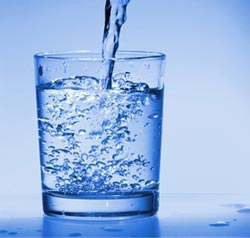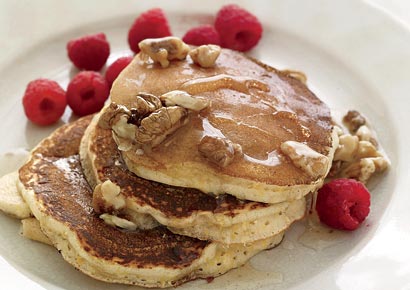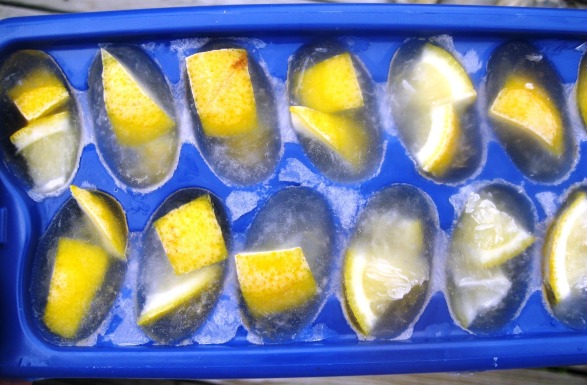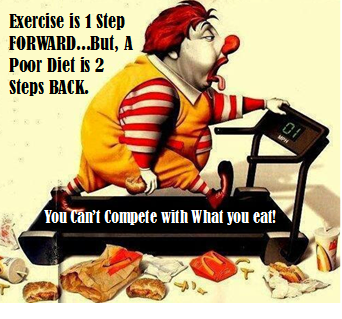7 Tips for Portion Control
In the world of nutrition news, there was a recent study published in the Annals of Internal Medicine that took a look at cookbook recipes over the last several decades (with emphasis on recipes in The Joy of Cooking). This study found that calorie counts per serving have gone up dramatically as authors have increased portion sizes to conform to new cultural norms. Where the 1936 edition of the kitchen classic averaged 268 calories per serving, the most recent edition in 2006 averaged 384 calories. The study theorized that lower costs of food and larger plate sizes are part of the reason for the increase, but nutritionist Marion Nestle says that mainly it’s just a reflection of people becoming accustomed to eating more and more overall. What can we do to monitor and control portion sizes? Here are some ideas . . .
- Downsize your plate. One issue the study pointed out is that the average plate size has grown over the years, and the amount of food served on those plates has kept pace with that increase. Instead of breaking out the big dinner plate, try eating your dinner off a salad or dessert plate. The smaller plate will make the amount of food look larger by proportion, a visual cue that will trick your brain into thinking you’re eating more. Plus you can trade in your big dinner fork for a more petite salad fork, which will also help to slow down any shoveling behavior you might be tempted to engage in at the dinner table.
- Divide and conquer. When you’re cooking more than one serving of something, immediately store the prospective leftovers in single-serving containers. By putting out the entire dish, you run the risk of not having any leftovers at the end of the meal. Depending on what the meal is, I divide my food onto two plates—one for that meal and one for lunch the next day. And as a side benefit, this can help you tighten your wallet while you tighten your waistline.
- Count it down. If you eat your reasonably sized portion of food in the dining room/living room/den/bedroom/bathroom, etc., and leave the leftovers in the kitchen, it will make this next step a lot easier. Here’s the scenario: You’ve finished your first portion, and yet you still want more. This is far from atypical, especially if the big plate of leftovers is sitting in front of you, tempting you, calling to you—maybe just a half a spoonful or maybe just a pick at the serving platter with your fork (just the good parts, of course). That couldn’t possibly have more calories, right? Wrong. The calories from the food you sneak in after you finish eating are as potent as the calories from the food you’re served. The good news is that if you can hold off, you won’t be hungry for long.
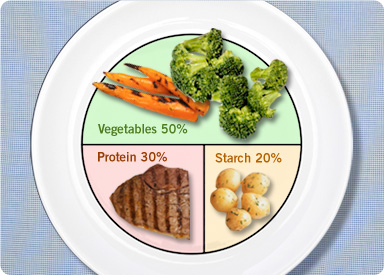
After you have a decent-sized portion of food, it takes your brain about 20 minutes to get the message from your stomach that you’re full. So try this: Before you reach for seconds, glance at your wristwatch or the clock on the wall. Spend the next 20 minutes chatting with your dining companions, or if you’re eating alone, check out the newspaper, read a magazine article, or play along with a round of Jeopardy on TV. Then, after 20 minutes, see if you’re still starving for another bowl full of whatever. Chances are that your cravings will have disappeared. If they haven’t, maybe you do still need a little more food to achieve satiety. Review what you ate before, and if the calorie count seems low, treat yourself to a little extra. Or, if the calorie count seems about right or high for a regular meal and you’re still hungry, fill up on some low-cal veggies or have a big glass of water. Sometimes it’s easy to confuse thirst with hunger. - Embrace your inner child. And we don’t mean have candy for dinner . . . When you’re on the road or out at a restaurant, don’t be ashamed to look at the kids’ menu. As the adult menu has been supersized to gluttonous proportions, the children’s menu often has the most nutritious options. Check out Debbie Siebers’ portion-control tips below, and you’ll see that oftentimes the amount of food in a kids’ meal is just the right amount for an adult watching his or her figure. Not to mention, if you play your cards right, there could be a free toy in it for you. Out of the mouths of babes . . .
- Sharing is good. And while we’re getting lessons from the small set, how about sharing? If you’re a foodie like me, the hardest part about eating out is passing up all the goodies you want to try on the menu. Instead of ordering too much for yourself, strategize with your fellow diners about how you can maximize the variety of the food instead of the quantity. Most restaurants will be more than happy to provide you with extra small plates so you can split dishes. And make sure you actually split them! Don’t dine out with your friend who survives on a nibble here or there and split two dishes; you’ll end up eating 80 percent of the food on the table while he or she makes do with a couple of forkfuls. In case you ever wondered how Top Chef host Padma Lakshmi keeps her model physique while judging up to 12 meals a week, the secret is that she doesn’t eat everything. Also, when you’re figuring out how to eat family-style, make sure that at least one of the dishes is a healthy salad, a non-cream-based soup, or a vegetable dish. That way you and your family can get full without getting fat.
- Learn your weights and measurements. As anyone who’s a regular reader of this newsletter knows, we’re always going on and on about reading labels. And like the calorie, carb, protein, and fat numbers, the serving size is important. This is where the corporate food interests get you a lot of the time, by adjusting the serving size downward to make the nutritional numbers look a little better. As anyone who’s recently spent a Saturday night alone with the TV can tell you, the estimate of four servings in a pint of Ben & Jerry’s® or Häagen-Dazs® is wildly optimistic. Whereas the label would indicate a 300-calorie serving, keep in mind that the entire container has 1,200 calories. And since most of the containers taper downward, eating what appears to be half of the container can actually amount to two-thirds.

It’s definitely too much of a hassle to weigh and measure everything you put in your body every day. Even the most anal-retentive people among us don’t have the time to be hauling out the scale and measuring cups for every meal. But it’s worth it to at least familiarize yourself with a few standard weights and measures. Try learning what an ounce, a gram, a tablespoon, etc., look like. That way you can at least eyeball how much you’re eating. I’ve yet to meet the person who can make a typical bag of potato chips last for twelve servings.
Give yourself a hand. For an easy guide to portion sizes, follow this guide from Slim in 6® creator Debbie Siebers.
Handy Portion-Control Guide
By Debbie Siebers, creator of Slim in 6®
To achieve weight loss—and maintain that healthy weight once you’ve achieved it—it’s crucial to really understand what a portion is. Here’s what may prove to be an indispensible tip: use your hand as a guideline for portion sizes. (If your hands happen to be extra-large or extra-small for your size, adjust accordingly.)
Palm = Proteins: Make protein portions the size of your palm. Protein is found in animal products, like fish, meats, and cottage cheese. Some veggie protein sources include legumes (beans, etc.), tofu, tempeh, and wheat glutens.
Thumb = Fats: Fats are important, but they’re also very dense, so match fat portions to the size of your thumb. Good fat sources are avocados, olive oil, nuts, and seeds.
Fist = Fruits, Grains, etc.: Your bread, fruit, cereal, rice, and grain portions should be about equal to the size of your closed fist. Remember that it’s always preferable to consume whole grains.
Hand = Veggies: Open your hand and spread your fingers as wide as you can. That’s a good vegetable portion. Raw vegetables are loaded with fiber and nutrients, and they contain very few calories.

